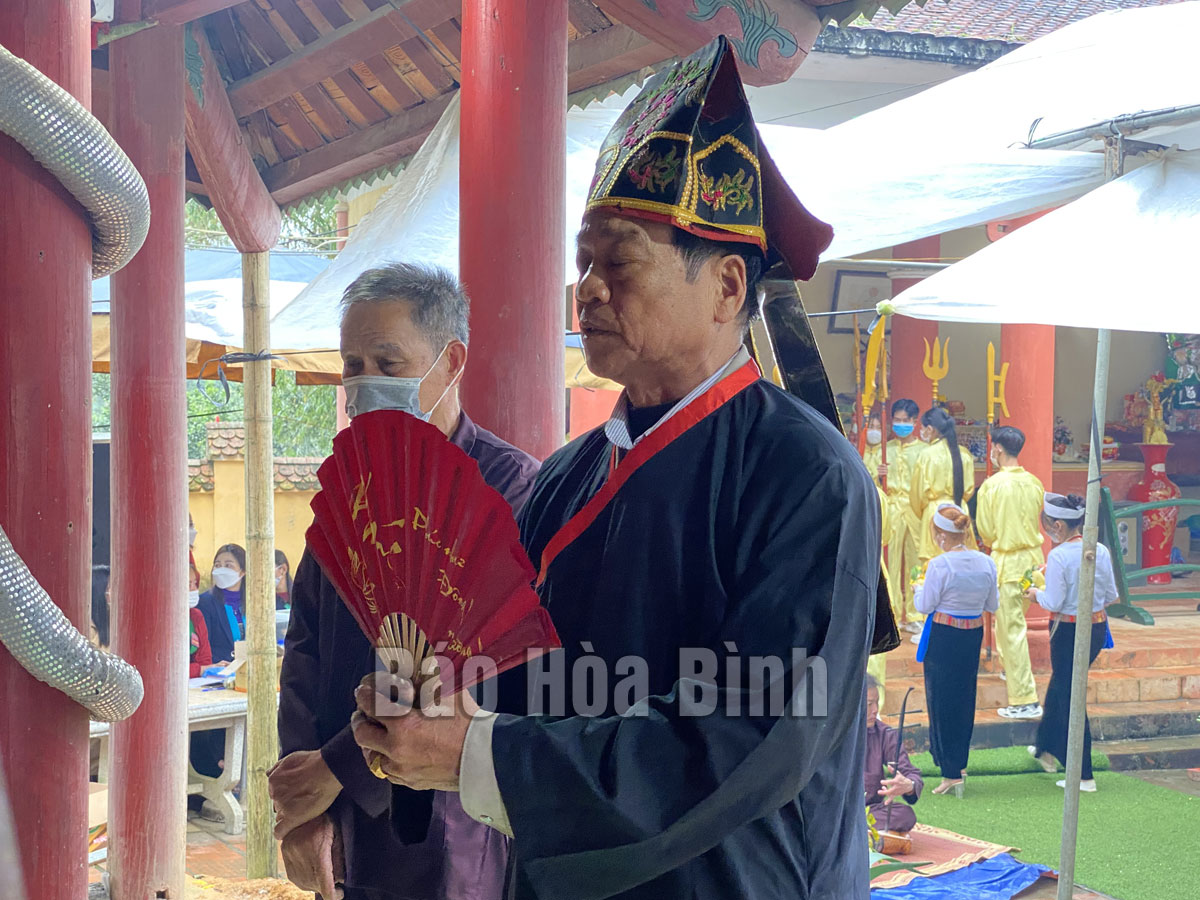
(HBO) – The Hoa Binh Department of Culture, Sports and Tourism said the province has surveyed the Mo Muong heritage so as to assess its situation and work out orientations for preserving and bringing into play this heritage in an effective and appropriate manner. The survey, completed in March, covered all factors relevant to the heritage, from people, objects to documents.

Mo
Muong artisans are one of the relevant factors covered by the survey so as to
compile a dossier seeking the UNESCO recognition of the cultural heritage.
The survey is important to the compilation of a
State-level scientific dossier to be submitted to UNESCO to seek the inclusion
of Mo Muong in the list of the intangible cultural heritage in need of urgent
safeguarding in 2025. It is also critical to improving the Muong ethnic group
and nationwide people’s awareness of this heritage’s value.
Under the provincial People’s Committee’s Plan
No. 220/KH-UBND, dated November 25 last year, Hoa Binh has set up a steering
committee and an organising board for the dossier compilation, organised
fact-finding trips and seminars on Mo Muong, held meetings to discuss the
compilation, and conducted surveys of Mo Muong in some other localities, namely
Son La, Thanh Hoa, Phu Tho, Dak Lak, and Hanoi./.
The People’s Committee of Lac Son district held a ceremony on April 28 to receive the provincial relic certificate for the ancient rock carving site at Suoi Co stream, located in My Thanh commune.
A special music show titled "The country is in the fullness of joy” has been held at Hoa Binh Square in Hoa Binh city in celebration of the 50th anniversary of the liberation of the South and national reunification (April 30, 1975–2025).
The People's Committee of Lo Son commune, Tan Lac district, has organised the local annual traditional stream fishing festival on April 19 - 20.
As a land deeply intertwined with human history and Vietnam’s millennia-long journey of nation-building and defence, Hoa Binh is often revered for its epic tales and legends.
Residents of Hoa Binh boast a rich cultural identity, reflected in their unique language, traditional attire, customs, and folk melodies – described as "sweet as honey, clear as a mountain stream.”
Lac Son district’s Vu ban town held the 2025 Truong Kha temple festival on April 12–13 (the 15th–16th days of the third lunar month). Since its revival in 2019, the festival has been organised every three years, preserving valuable intangible heritage while meeting the community’s cultural and spiritual needs.



